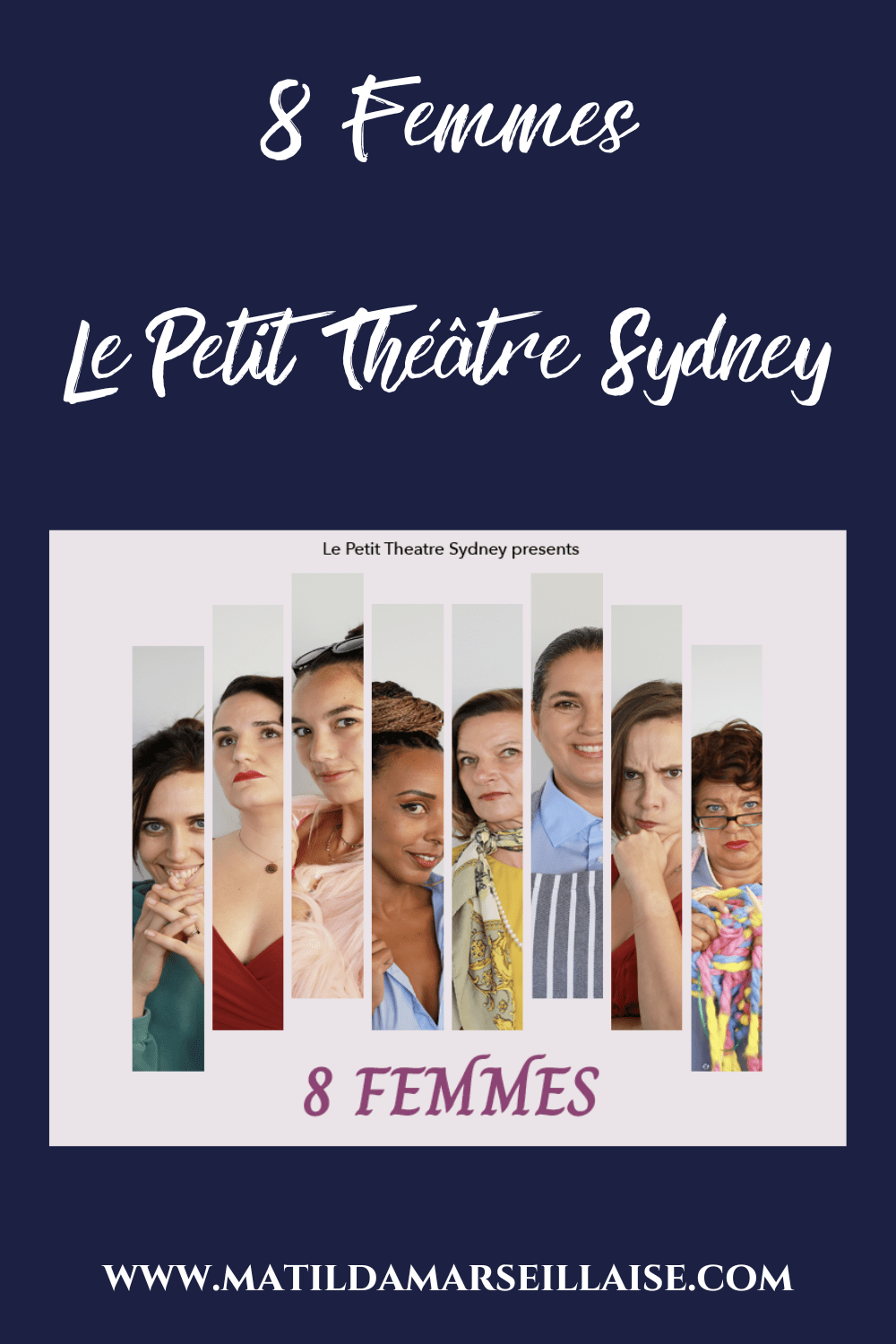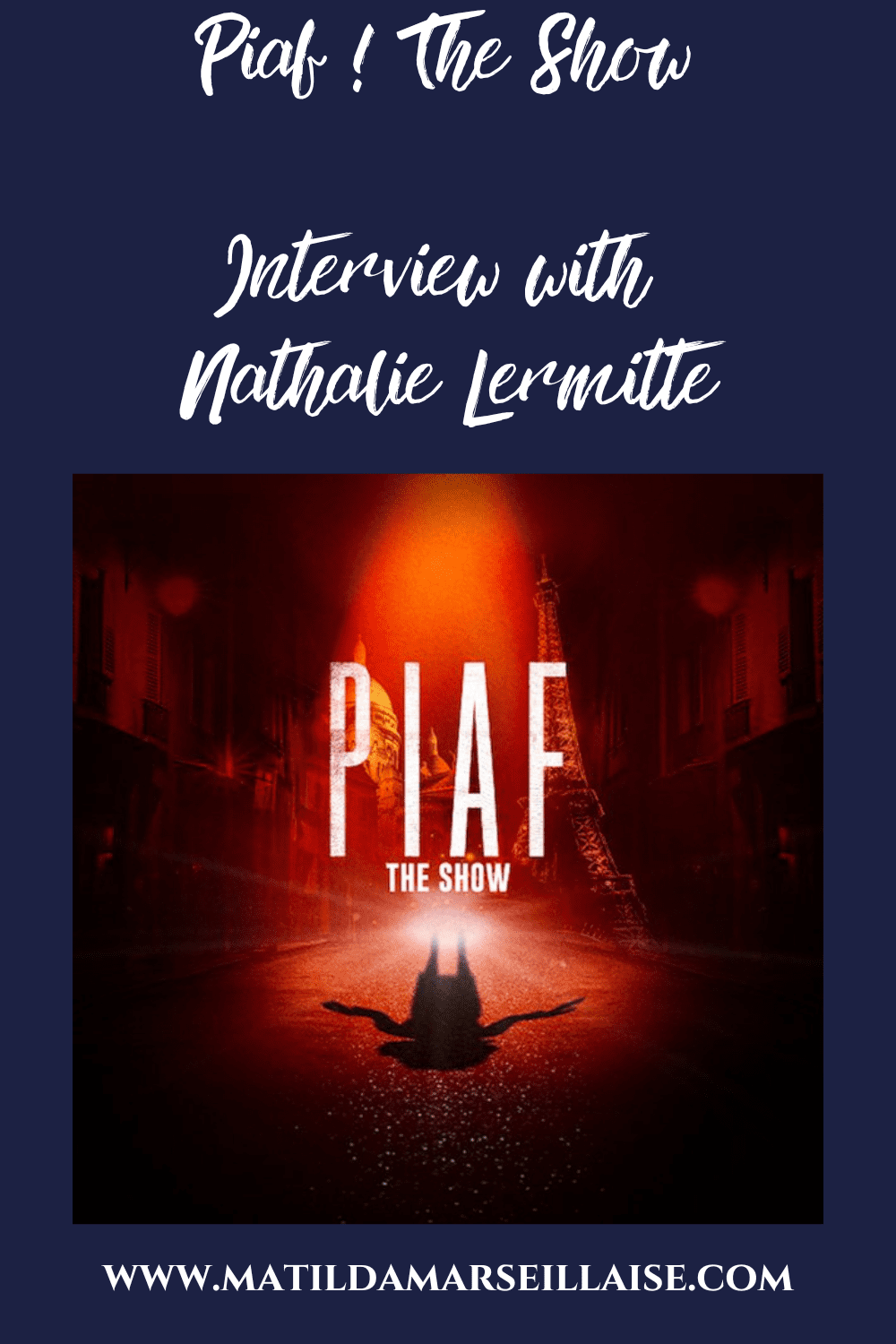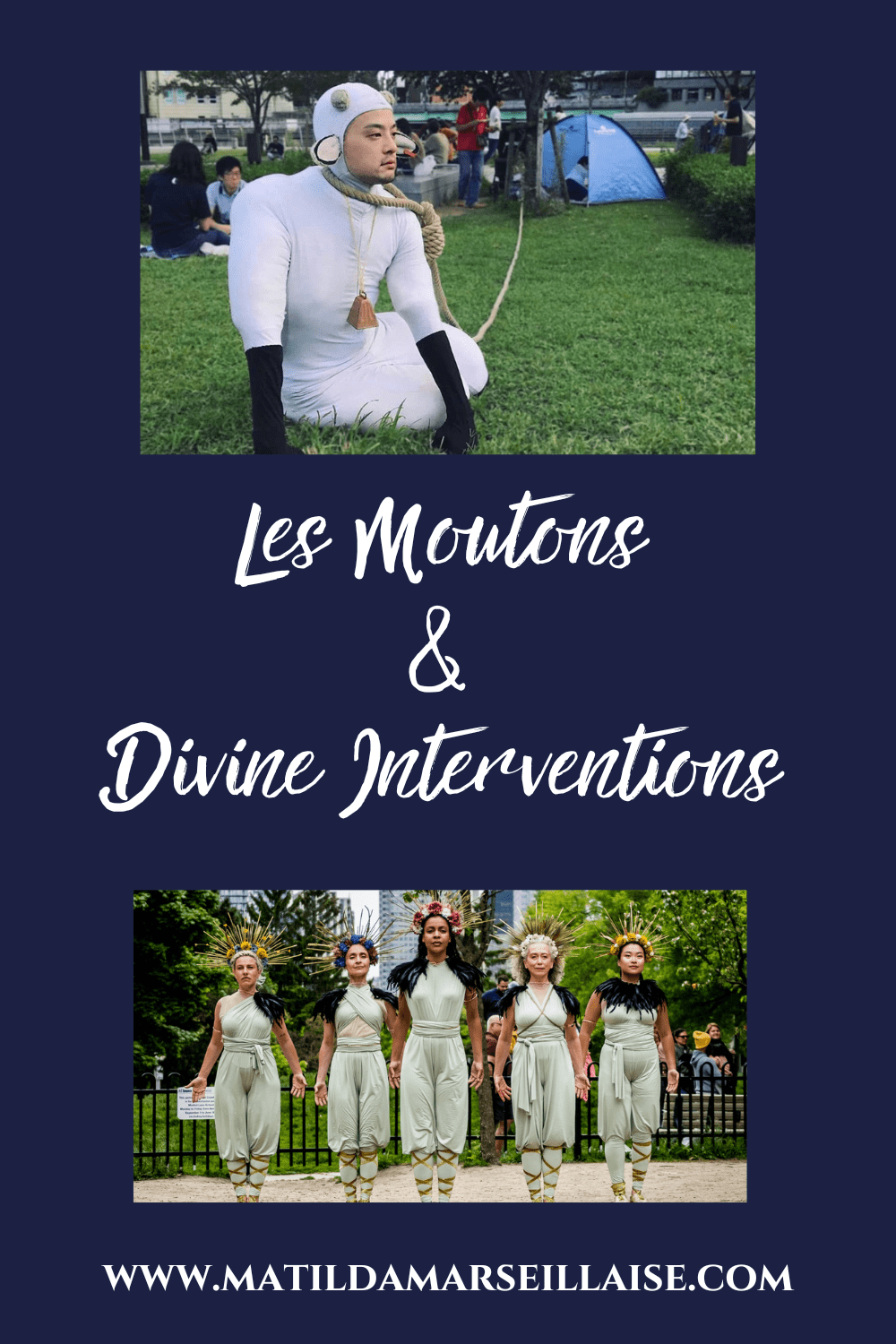After a delayed opening due to Melbourne’s lockdown, the French Impressionism: From the Museum of Fine Arts, Boston exhibition opened last Friday 25 June 2021. We had a chat to Meg Slater, one of the NGV curators working on this exhibition while the exhibition was being installed. You can find ticket details for French Impressionism: From the Museum of Fine Arts, Boston at the end of the article.

About Meg

Meg Slater, you’re the Assistant Curator of international exhibition projects at the NGV and of the Winter Masterpieces 2021 exhibition French Impressionism: From the Museum of Fine Arts, Boston. What does the role entail?
Well, it’s difficult, actually. Whenever anyone asks me what I do on a day-to-day basis, I find it very hard to answer because it changes so much. My boss is Miranda Wallace, the senior curator within the department, it’s just the two of us and a little bit of an anomaly within the broader curatorial department in that we don’t have a collection area that we focus on. A lot of the other curators at the NGV are responsible for, say, the Indigenous art collection or the Australian art collection or bringing works into the permanent collection and displaying those works.
Whereas Miranda and I are a lot more familiar with international collections because we work primarily on the temporary exhibitions that are presented on the NGV’s ground floor. The Melbourne Winter Masterpieces shows, the big summer exhibitions, we’re usually working on those.
We’re constantly across varying subject matter from, for example, the Haring/Basquiat exhibition [Keith Haring / Jean-Michel Basquiat: Crossing Lines] through to this French Impressionism show to Alexander Calder [the Alexander Calder: Radical Inventor exhibition]. We’re constantly jumping across geographies and between time periods. That is it on a very broad level.
On a day to day, I’m supporting Miranda and the department. I could be doing anything from writing an essay for an exhibition publication to compiling an exhibition checklist to writing a loan request to a lender that we want a work from for the upcoming exhibition. It’s really anything really involved in the preparation and development of our major international shows. And at the moment I’m running between my desk and the gallery space where French impressionism will be and is currently being installed. So that’s very exciting.

What drew you to the art world?
In high school, I remember I studied visual art and I wasn’t much good at making it but I always loved the ideas behind how art was made and art history and understanding a little more how different moments in art belong to a much broader history. I think very early on, I decided that I was more interested in the thinking behind and “How can these objects be interpreted and displayed?” It wasn’t even necessarily curating from the outset. I just had an interest in the concepts behind artworks. Then at university, I studied art history in Queensland.
Is that where you’re from originally?
Yeah, I’m from Brisbane. I moved here for the job – I think when I first started studying art galleries seemed like these very abstract things where all of this stuff happens that you didn’t really know how. We were learning a lot about the theory at my university, but not so much about well how do you get from A to B in an art gallery?
I ended up putting my hand up for, firstly some internships in Queensland and the Queensland Art Gallery. But then I was really lucky to be able to do a couple of placements, one in London and one in New York. I did a lot of internships, which is really useful to understand what I was interested in and not just in curatorial, I did some in public programs and exhibitions management and curatorial. I think that really helped me a lot to understand that I wanted to work in a bigger institution and I actually interned for my boss, which is often the path for a lot of people who end up working here, and then a job became available and I moved here – I think this is my fourth year at the gallery.
So how long were you in London and New York for?
I was in London for about five or six months and I was doing an internship, not full time, whereas in New York, I was doing a study abroad program for my university and I managed to line up an internship at the same time. I did an internship at the Victoria and Albert Museum and then, after I graduated from my undergrad, I applied to a whole bunch of summer cycle internships in New York and I did one at the Brooklyn Museum.
So, you’ve definitely seen different art forms and different international museums and how they do things.
Yeah, it is really interesting because everyone does things are differently.

Planning an exhibition during COVID-19
How has putting on an exhibition like the French impressionists differed to how it would have been done pre COVID?
I can really only more meaningfully speak to the curatorial role in that process. It’s interesting because since earlier this year, we’ve been able to come back into the office and that has been nice because there was distance between you and the processes that we would usually use to develop these kinds of big shows.
It’s as simple as having an exhibition model that is built and small-scale art works that you can move around and even just people being in the same room to think about how artwork should be placed and what kind of connections we want to draw out. What’s the exhibition design going to look like? We had those meetings virtually, but it is actually quite profound how much of a difference it makes when you’re not physically with those people.
I think the biggest change I’ve noticed is just the shift from last year to all of us now being back on site again and even just being in the same space with amazing artworks coming in. It was a different process in that it was digital. I honestly think that’s the simplest way to say it. Everything that is usually quite hands on and physically together was managed in a digital way, which is very different for curators working on exhibitions like this one.

French 1841–1919
Dance at Bougival 1883
oil on canvas
181.9 x 98.1 cm
Museum of Fine Arts, Boston
Picture Fund
Photography © Museum of Fine Arts, Boston. All Rights Reserved
Yeah, definitely. And in terms of transporting the works… I imagine there are less flights coming in from the States, for example. From everywhere, but from the States as well.
It’s just extra measures like having people stationed at different points where planes have to land and refuel and having someone there to check that the works are ok and then have to go onto another plane. So, it was just a lot of additional logistical things to think through. And you know what if that plane is cancelled, what’s plan B? I think it was just a lot of additional planning, which our incredible registrars have done and has resulted in all of the works arriving safely.
And I imagine that you probably only send like one or two works per plane because you don’t want something to happen to the plane and lose all of the works. I imagine it’s quite complicated.
To be honest, I’m not sure but it is along those lines. We have three of the wonderful MFA Boston staff out here at the moment, who came out to help us with the install and acting as the carers for those works while they’re out here for the installation period anyway.
I did wonder whether without borders being quite closed at the moment, whether that was a possibility.
They all did the quarantine period, which was really generous of them to do. I know it’s a requirement, but still it’s wonderful that they signed up for it and were willing to do it. I know we’d do it if the situations were reversed as well. But it’s just really special because there are a lot of roadblocks that potentially could have gotten in that way. And it’s just really nice to see the show coming together the way that it is, in the circumstances.
A little bit more about you and then a little bit more about the exhibition. What’s your favourite art form?
It’s really difficult honestly, because we’re working across so many shows and I also study as well. And I’m constantly reading different things so that can change on a day-to-day basis. It’s just the nature of the job.
I think quite broadly, I’m very interested in exhibitions and artists revisiting the narratives that we know in art history and broadening them and telling more stories, stories that may have originally been left out for many reasons. For example, I’m one of the curators working on the Queer exhibition opening at the end of the year, which is a collection exhibition. And it’s been a really interesting opportunity to be able to delve into the collection and apply a queer lens to works that have probably never been viewed that way and to explore these histories that have always been there, that haven’t necessarily been presented to audiences. I’m particularly interested in queer histories at the moment, particularly with that exhibition on the horizon. And it’s a real personal endeavour for myself and for the other four curators working on that show as well. So, I guess that would be my main area of interest.
Also, I am fascinated by international exhibitions and how they are presented in big galleries, like this one as well. And I’ve loved every project that my boss, Miranda and I have worked on so, it’s tricky. Right now I’m in love, for example, with Berthe Morisot, Mary Cassatt, two of the female impressionists who we have wonderful works by in this exhibition, because I’ve been doing so much reading into their practice and how they worked. And I think honestly, based on what I’m reading and based on whatever I’m researching, it really influences the people who stand out for me.

French 1841–95
White flowers in a bowl 1885
oil on canvas
46.0 x 55.0 cm
Museum of Fine Arts, Boston
Bequest of John T. Spaulding
Photography © Museum of Fine Arts, Boston. All Rights Reserved
French impressionism exhibition
So, if we focus more on the French impressionist paintings that you’ve got in the gallery at the moment, do you have a favourite from the exhibition?
Again, it varies and it’s a very tricky question. I feel like anyone who worked on the show, but particularly curators, just because we’ve been writing about all of the works and thinking about them in groupings. So, it’s difficult to single things out but I could list a few.
Totally up to you. It doesn’t matter. I didn’t mean to pose a difficult question, choosing a favourite child!
Exactly, haha, I don’t want to upset any of the others. But one of my favourite groupings of works that are all very related is the section in the exhibition that is dedicated to this innovative print-making endeavour that was undertaken by three of the impressionists, Degas, Mary Cassatt and Camille Pissarro, in the late 1870s.

And it’s interesting that they came together with the intention of publishing these prints in a new journal titled Day and Night. And you’ll understand why it was going to be titled that way when you see the print-making effects they were using a facsimile using it so that these like contrast with light and dark. But it was actually never published. Even though it wasn’t published as they intended, the prints still remain and I think it’s interesting because the vast majority of the exhibition is painting, and I think that is what we associate with the impressionists.
The interesting thing to consider is that they were very instrumental in other media as well, and they extended their experimentation and their embrace of modern subject matter to printmaking. So, in this series of prints by the three artists, we have the theatre, which was relatively new in Paris at that point in history, the art gallery where the impressionists would go to study the old masters at the Louvre, and scenes in in the natural world as well.
While they did record this predominantly on canvas, they also do experiment with other mediums as well. So, I really love that. It’s a very small and intimate section, but it is one of my favourites. And then I think on a much grander scale, we actually just installed – it seems like a very odd thing to say still – we just installed the Monet room, which is the final section of the exhibition.

MFA Boston have very generously lent 19 Monet canvases to us, which is incredible. And 16 of those are displayed in that final gallery, an oval shaped space. And it’s just amazing when you walk in. I had a great physical reaction that was just shocking to see many of his works in one room. And to see how and why he is heralded as the great impressionist. You really understand it when you go into that room. It’s just amazing. I think those two are probably my favourites in the exhibition, but there are so many others as well.
You’ve mentioned that there are different rooms with different themes. What is the broad theme of the exhibition? Is there a broad theme or is it kind of several themes that link up?
There are moments in the show, for example, that follow chronology, but then it also can become thematic and look at certain motifs that the impressionists were interested in. For example, we have a section called watery surfaces that looks specifically at the very changeable motif of water and how that was a real challenge for the impressionists to capture.

French 1841–1919
The Seine at Chatou 1881
oil on canvas
73.3 x 92.4 cm
Museum of Fine Arts, Boston
Gift of Arthur Brewster Emmons
Photography © Museum of Fine Arts, Boston. All Rights Reserved
But the exhibition starts for example, with the Barbizon school and a section dedicated to the works of Eugène Boudin, and that’s really tracing these artists who were before the impressionists, who had a very profound influence on them. The exhibition is really tracing this movement that everyone knows about very well, but also introducing artists you might not know as well, and you might not realise without these precursors, there may not have been impressionism. These formative influences. And then we move into this exploration of the central members of the impressionist group and motifs that fascinated them.
But I think another really important line throughout the entire exhibition is that we have really consciously integrated the artist’s voice throughout the entire exhibition. From the opening corridor to a large selection of the labels, sometimes quotes are on the walls. We really wanted to, in addition to showing these works many of which people are quite familiar with, we wanted to reveal some of the motivations behind the artists, some of the difficulties they faced and the struggles, the connections, because there are so many connections between these artists, but also some of the rivalries and some of the difficulties that arose between certain artists as well. So, it really provides an extra layer, to contextualize the work and introduce a human element into them as well. I think when we think of Claude Monet for example, he’s almost elevated to this position in art history. And it’s kind of nice to remember that he had struggles and he was connected to this artistic community. I think it just humanizes the artists a lot which is really nice.

Because we often don’t think about the person that actually painted all those. How did the decision to exhibit along these lines with these themes, how was that decided?
Well, we’ve worked closely with the exhibition’s curators. It’s a curatorial team across institutions. So, in Boston we have Katie Hanson and Julia Welch who are both curators for that institution. And they really selected the works and their thematic groupings and also were so helpful in providing a lot of this dialogue between the artists through their very extensive research on these works in the collection at MFA Boston.
And then over here in Melbourne, my boss Miranda Wallace and I, and the wonderful Ted Gott in international art have been working very closely with Katie and Julia to take the works, take the themes and really shape these sections and how we’ve weaved the artists’ voices into them. A lot of which has been done virtually. Often times, if it were different circumstances, they might’ve come and visited a few times and been here for the installation. But that’s not been possible this time round. So, fortunately even though it would have had to be done virtually, it’s worked out incredibly well, and we were able to work really effectively with Katie and Julia on developing all of this exhibition together.
Has the Museum of Fine Arts in Boston put on this exhibition itself before?
No, this exhibition has been conceived just for us, which we feel incredibly grateful for. We’ve been talking to one of the couriers, Rona, who is a conservator at MFA Boston and she mentioned some of these works often just do not leave the walls of MFA Boston, which is an incredibly generous thing to be trusting and allowing us to display these works for our audiences. But I believe it’s 79 works of the just over a hundred works that had never actually been to Australia before. So, it’s one that – even though impressionism is such a famous movement in art history – the vast majority of these works, our audiences won’t have seen.
Yeah. And do we know how the works included in French Impressionism from the Museum of Fine Arts Boston came to be in Boston?
It’s interesting actually in a number of ways. I was quite fascinated as well because MFA Boston has one of the best collections of French impressionism in the world. One of the best, outside of France, for example. It’s really the result of the collecting efforts of many Bostonians in the 19th century, many of whom travelled to Paris as the movement was developing. And they would buy paintings, you know, people say as they were still wet on the walls, and brought them back.
Mary Cassatt, for example, who we do represent in the exhibition, in the printmaking section and, with a fantastic painting as well, she was one of the members of the impressionist group and she advocated – she was from Philadelphia and moved to Paris – and she advocated among her fellow Americans for the work of the impressionists to be purchased. And it resulted in a lot of really key impressionist works now existing in the American collections, which I think is a really interesting story.
I personally love hearing about the stories behind how certain artworks arrive where they are, like where did they move from? How did they change hands?
Like who owned them before and then donated to them the Museum…
Exactly. For example, with the Mary Cassatt portrait that we have in this exhibition. It’s a portrait of her niece Ellen Mary and it’s the most beautiful painting. It’s one of my favourites in the show. Mary Cassatt gave it to her niece and then her niece gave it to the MFA Boston, which is such a beautiful thing, you know, it’s such a personal work. It was of her by her aunt and then it’s given to an institution.

American 1844–1926
Ellen Mary in a white coat c. 1896
oil on canvas
81.3 x 60.3 cm
Museum of Fine Arts, Boston
Gift of Charles, Hope, and Binney Hare in honor of Ellen Mary Cassatt
Photography © Museum of Fine Arts, Boston. All Rights Reserved
So, you’ve said the exhibition was conceived just for the NGV. Does that mean that it goes straight back to Boston after this?
That’s right. Yeah. So, there’s no other institutions that it’s presented at.
—
We thank Meg Slater for this interview and look forward to visiting the French Impressionism: From the Museum of Fine Arts, Boston exhibition this Winter.
KEY EXHIBITION INFO
WHAT: French Impressionism: From the Museum of Fine Arts, Boston
WHEN: Friday 25 June to Sunday 3 October 2021
WHERE: NGV, Melbourne
HOW: Buy tickets to see the exhibition via the NGV website: https://connect.ngv.vic.gov.au/40648
HOW MUCH:
Adult $30
Concession $28
Child (5-15 years) $10
Family (2 adults + 3 children) $65
NOTE: 20% discount for NGV Members
To find out more about French impressionism, you may like to read our interview with Paul Perrin about Colours of Impressionism: Masterpieces from the Musée D’Orsay, an exhibition which was held in Adelaide a few years ago.
*Top L to R:
Pierre Auguste Renoir
French 1841–1919
Dance at Bougival 1883
oil on canvas
181.9 x 98.1 cm
Museum of Fine Arts, Boston
Picture Fund
Photography © Museum of Fine Arts, Boston. All Rights Reserved
Henri Fantin-Latour
French 1836–1904
Flowers and fruit on a table 1865
oil on canvas
60.0 x 73.3 cm
Museum of Fine Arts, Boston
Bequest of John T. Spaulding
Photography © Museum of Fine Arts, Boston. All Rights Reserved
Bottom L to R:
Pierre Auguste Renoir
French 1841–1919
The Seine at Chatou 1881
oil on canvas
73.3 x 92.4 cm
Museum of Fine Arts, Boston
Gift of Arthur Brewster Emmons
Photography © Museum of Fine Arts, Boston. All Rights Reserved
Claude Monet
French 1840–1926
Poppy field in a hollow near Giverny 1885<br />
oil on canvas
65.1 x 81.3 cm
Museum of Fine Arts, Boston
Juliana Cheney Edwards Collection
Photography © Museum of Fine Arts, Boston. All Rights Reserved

French 1841–1919
Dance at Bougival 1883
oil on canvas
181.9 x 98.1 cm
Museum of Fine Arts, Boston
Picture Fund
Photography © Museum of Fine Arts, Boston. All Rights Reserved





